

 Knowledge Base +
Knowledge Base +  2024.04.15
2024.04.15Many service providers have begun deploying 400G network construction plans, such as Cisco, Huawei, etc. In the process of building 400G network systems, 400G optical modules play a crucial role. So, what are 400G optical modules? What are the differences between 10G, 25G, and 40G optical modules?
What are 400G optical modules?
400G optical modules are primarily used for optoelectronic conversion, where electrical signals are converted into optical signals at the transmitting end, transmitted through optical fibers, and then converted back into electrical signals at the receiving end. The transmission rate of 400G optical modules is 400G, designed to adapt to the network market ranging from 100M, 1G, 25G, and 40G to 100G, 400G, and even 1T. 400G optical modules play a crucial role and have a significant impact in building 400G network systems.
What are the standards and packaging forms of 400G optical modules? There are mainly six standards and packaging forms:
OSFP
OSFP stands for Octal Small Formfactor Pluggable. This standard is a new interface standard that is incompatible with existing optoelectronic interfaces. It has dimensions of 100.4 * 22.58 * 13 mm^3, slightly larger than QSFP-DD, requiring a larger PCB area. The pin configuration of the electrical interface differs from QSFP-DD, with one row on the top and bottom.
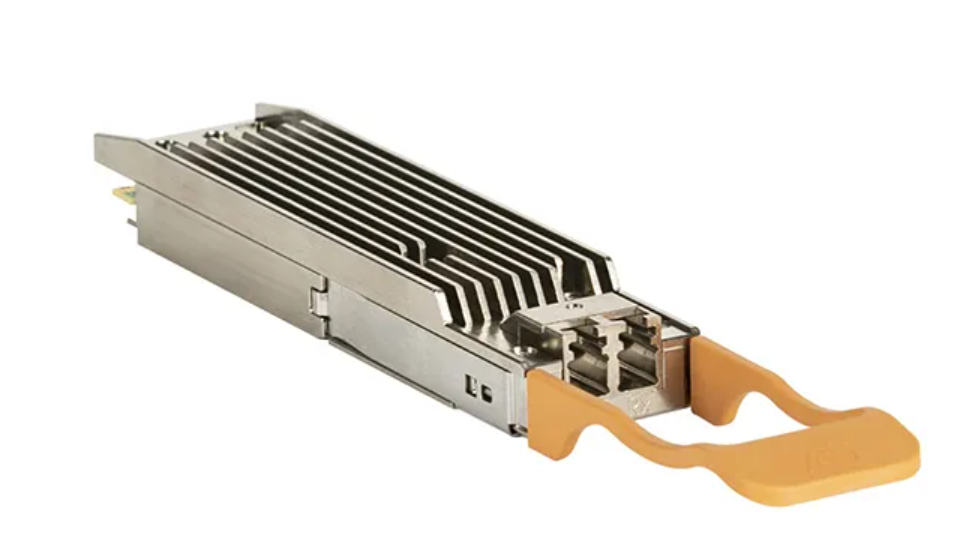
QSFP-DD
QSFP-DD stands for Quad Small Form Factor Pluggable-Double Density. This solution extends the QSFP interface by adding an additional row, increasing from the original 4 channels to 8 channels, known as double density. This solution is compatible with QSFP solutions, which is one of its main advantages. The original QSFP28 modules can still be used by simply inserting another module.
Read More:400G Series Products
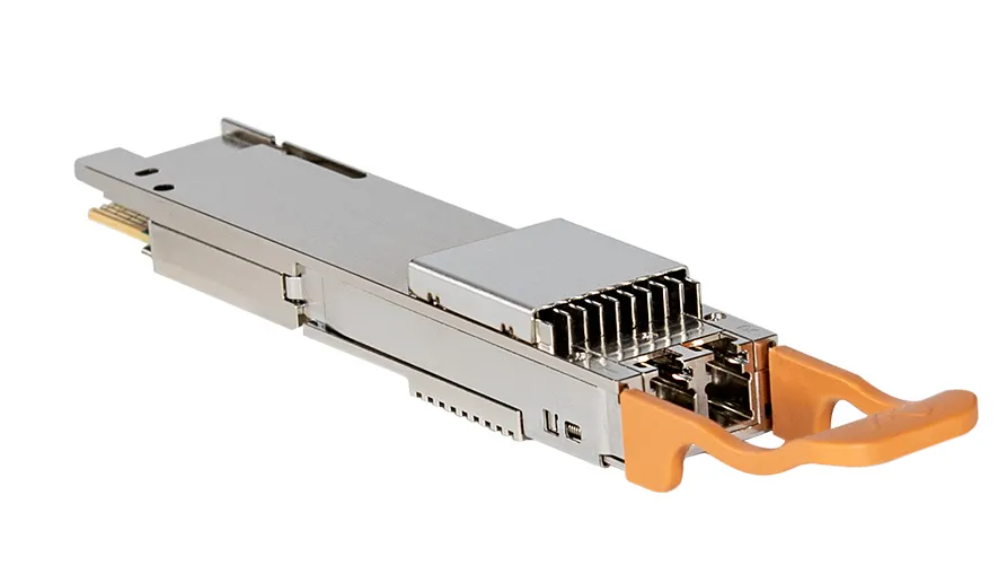
CFP8
CFP8 is an extension of CFP4, with the number of channels increased to 8, and the size accordingly increased to 40 * 102 * 9.5 mm^3. This solution has a higher cost, requiring the use of 16 25G lasers.
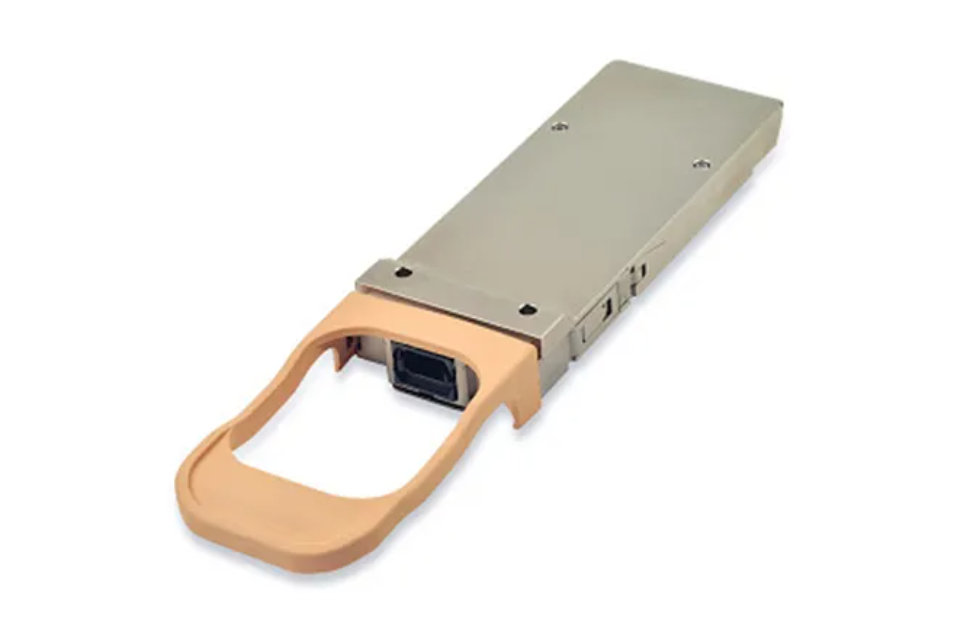
CWDM8
This standard is an extension of the CWDM4 standard, with a rate of 50G per wavelength, also achieving 400G. Four new central wavelengths are added, namely 1351/1371/1391/1411nm. The wavelength range becomes wider, with higher requirements for Mux/DeMux, and the number of lasers doubles, with a maximum input power of 8.5dBm.
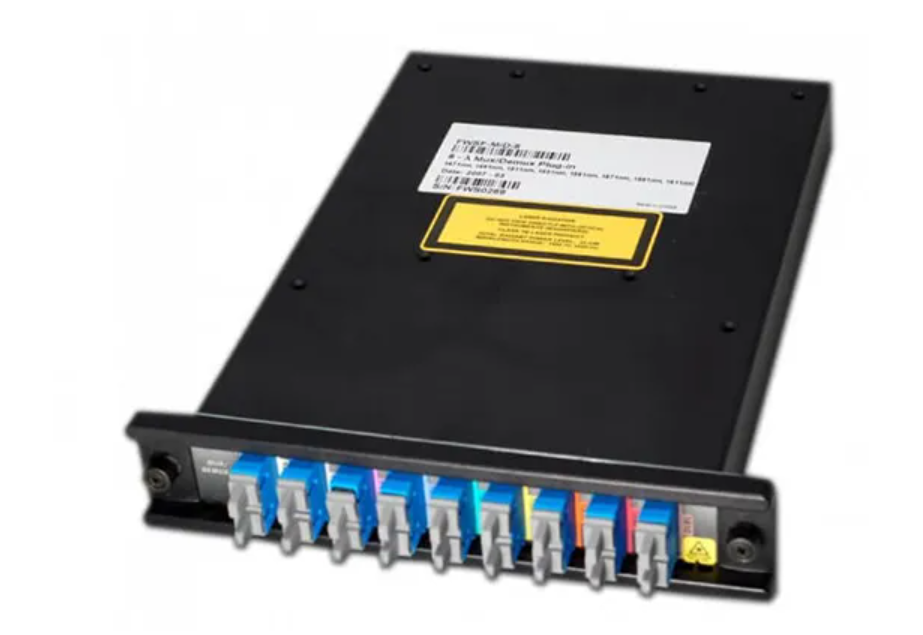
CDFP
The CDFP standard has been around for some time, and so far, the third edition of this specification has been released. It uses 16 channels, with a single-channel rate of 25G. Due to the large number of channels, the size is relatively large.
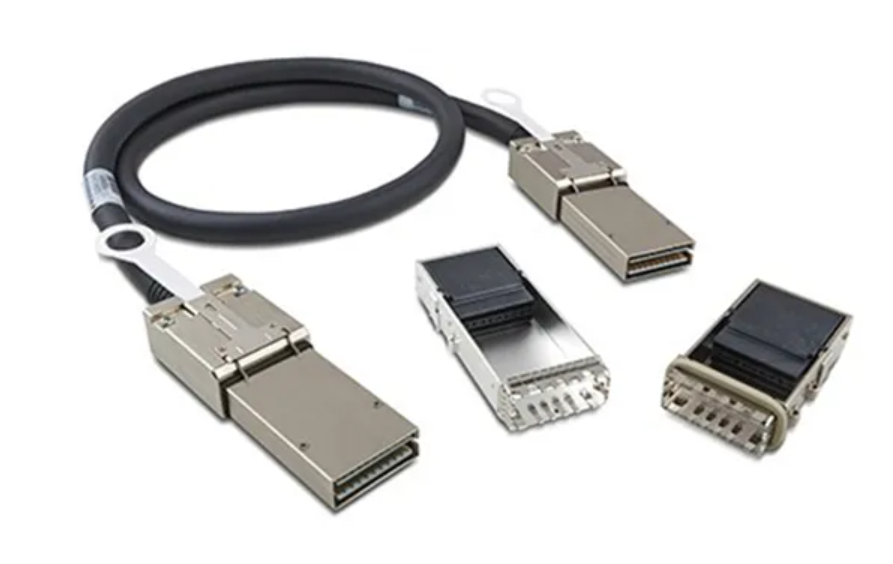
COBO
COBO stands for consortium for on-board optics, meaning placing all optical components on the PCB. The main advantage of this solution is good heat dissipation and small size. However, due to the lack of hot-swapping support, it will be difficult to repair once a module fails.
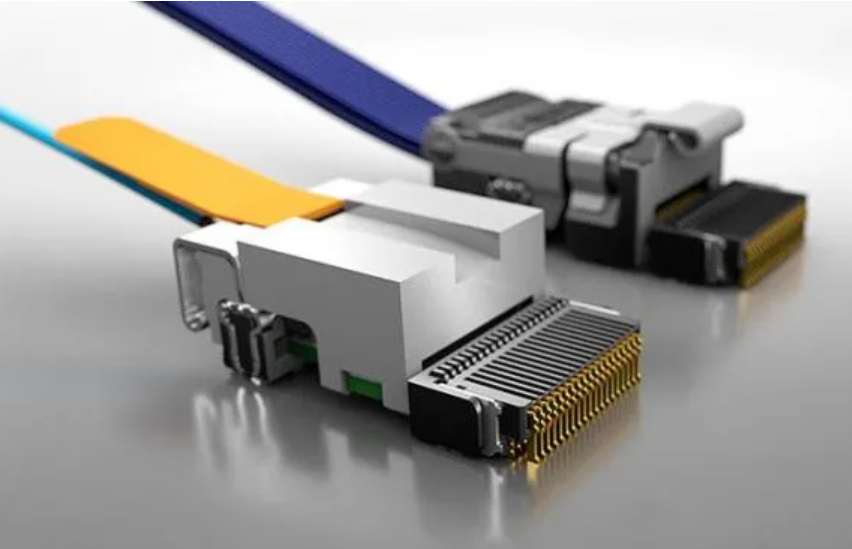
At OFC 2024, manufacturers showcased QSFP-DD and OSFP at the exhibition. These two solutions have the most prominent advantages. However, which solution will be used in the future depends on the network architecture of the next generation of cloud computing operators.
What is the function of 400G optical modules?
The main function of 400G optical modules is to increase data throughput and maximize the bandwidth and port density of data centers. The future trend of 400G optical modules is to achieve broad gain, low noise, miniaturization, and integration, providing high-quality optical communication modules for next-generation wireless networks and ultra-large-scale data centers.
How many chips does a 400G optical module need?
Although only one optical chip is used in a 400G optical module, the cost is high. In 10G/25G optical modules, the cost of optical chips accounts for about 30%; in 40G/100G optical modules, the cost of optical chips accounts for about 50%; and in 400G optical modules, the cost of optical chips is as high as 70%.
What are the differences between 400G optical modules and 10G, 25G, 40G optical modules?
Although 10G, 25G, 40G, and even 100G optical modules have become mainstream in the market, with the increasing requirements for bandwidth, port density, and system power consumption, 400G optical modules will further advance technology to a higher level.
The advent of 400G optical modules compared to 10G, 25G, and 40G optical modules will usher in a new era for optical communication. Optical communication is transitioning from single-carrier modulation coherent detection of low-end optical modules to polarization multiplexing multi-carrier applications.
Photonics integration and electronic integration, ADC/DSP technology will be the key to the commercialization of 400G optical communication modules and systems. With the urgent need for Ethernet standardization, the demand for optical parallelism will greatly promote the development of photonics integration technology.
What is the market value of 400G optical modules?
As is well known, 100G technology products have matured, and 400G is currently a hot topic of discussion, and the industry is paying close attention to the progress of 400G optical modules. Today, the progress of the development and mass production of 400G optical modules is relatively satisfactory. In the current market context, the demand for bandwidth in ultra-large-scale data centers is growing, and 400G optical communication modules have become the best choice to improve system performance and reduce bandwidth costs. The emergence of 5G networks will be another positive factor driving the market value of 400G optical modules.
Subscribe to the newsletter
for all the latest updates.
2-5# Building, Tongfuyu Industrial Zone, Aiqun Road, Shiyan Street, Baoan District, Shenzhen. China
